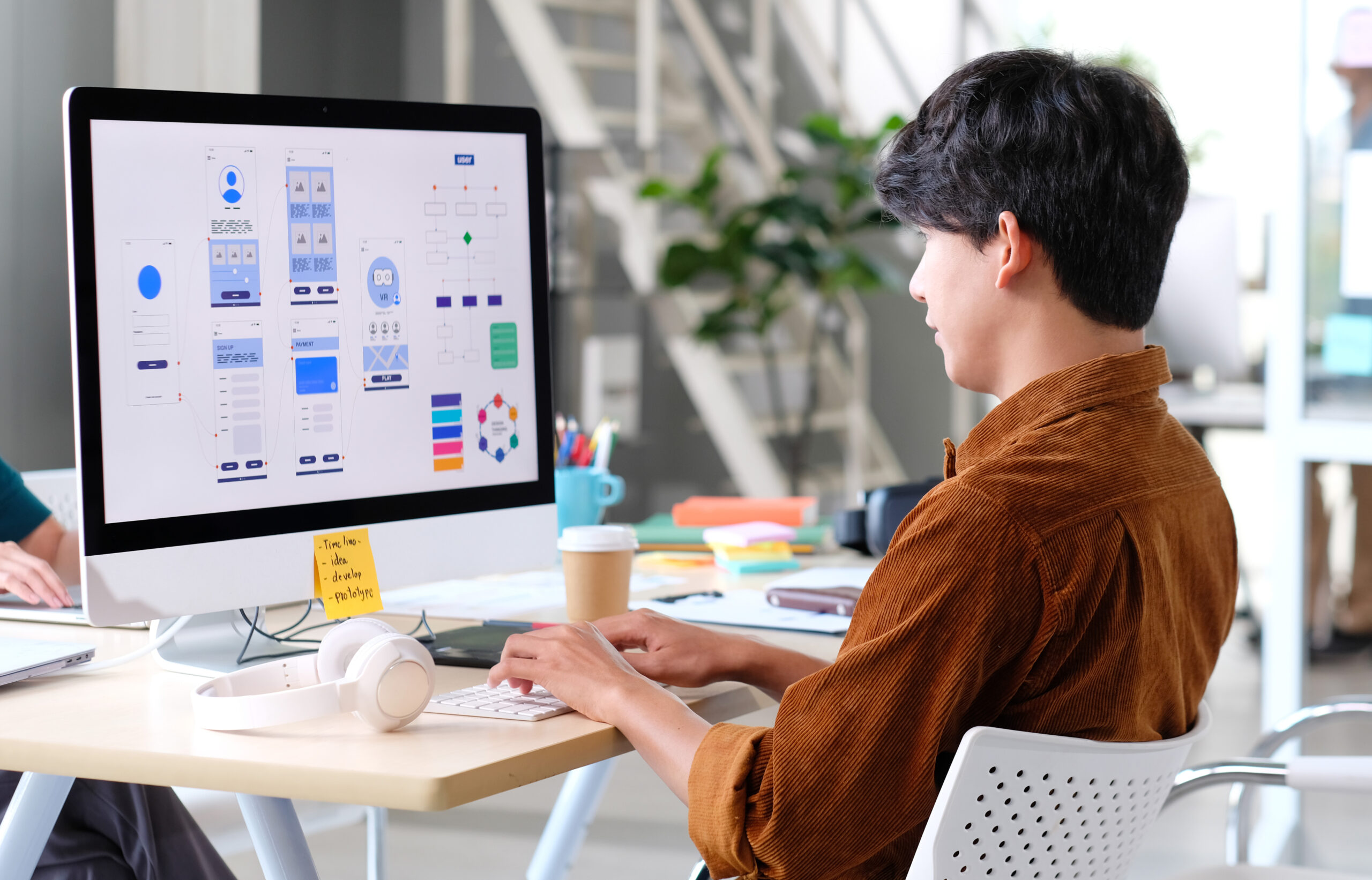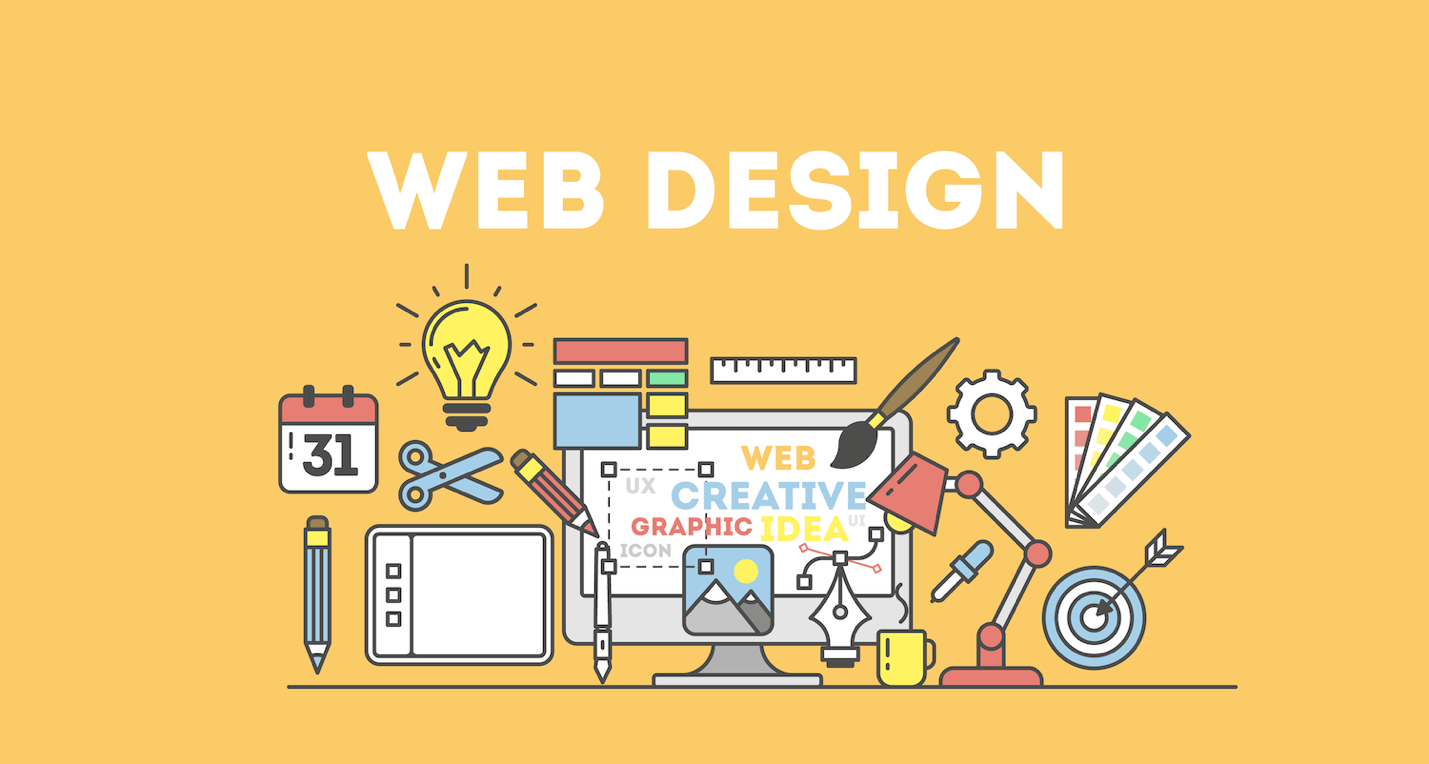Exactly How to Utilize Web Design Principles to Increase Your Website's Involvement
In the competitive digital landscape, the ability to captivate and preserve site visitors pivots on applying reliable web layout principles. Focusing on a smooth user experience while ensuring availability can significantly boost engagement. This entails refining navigating structures for user-friendly browsing, maximizing sites for mobile responsiveness, and employing aesthetically compelling aspects. The tactical usage of shade and typography more improves the user's trip, producing an inviting and interactive environment. As we explore these concepts additionally, think about just how each element can transform a passive go to right into an appealing interaction, unlocking the prospective to raise your site's effect.
Enhancing Navigation Framework
A well-structured navigation system is essential for maximizing user engagement and ensuring a seamless surfing experience. It acts as the foundation of any type of website, directing customers through material successfully while minimizing the cognitive lots associated with finding information. Reliable navigating layout is not merely regarding looks however involves a tactical plan of components that advertise ease of access and ease of use.
A chaotic food selection can bewilder customers, possibly driving them away. Classifying web content right into rational and instinctive teams makes certain customers discover what they are looking for with very little effort.

Optimizing Mobile Responsiveness
With the boosting occurrence of smart phones, optimizing mobile responsiveness is essential for preserving customer engagement and fulfillment. As more customers gain access to internet sites by means of tablets and mobile phones, guaranteeing your website is mobile-friendly is not just advantageous-- it's important. A receptive layout automatically readjusts its design and web content to fit any kind of display size, providing an ideal watching experience throughout tools. This flexibility reduces the requirement for zooming or straight scrolling, boosting usability and maintaining users on your site longer.
To attain mobile responsiveness, beginning by using versatile grids and layouts. Employ CSS media questions to make certain design components adjust to different screen dimensions. Prioritize touch-friendly navigation by expanding buttons and spacing web links adequately, minimizing unintentional clicks. Additionally, consider maximizing media and photos to minimize tons times, which can considerably impact customer retention on mobile platforms.
A vital element of mobile responsiveness is guaranteeing that content stays legible and easily accessible. Use bigger typefaces and concise message to enhance readability on smaller sized screens (Web design near me). Regularly testing your site on numerous gadgets and internet browsers helps improve and identify possible problems customer experience. By prioritizing mobile responsiveness, you deal with a more comprehensive audience, eventually boosting engagement and driving site success.
Crafting Compelling Visuals
Fascinating visuals are the foundation of involving internet style, flawlessly drawing users into the website's story and boosting their total experience. They provide an immediate aesthetic influence that connects the brand name's identification and message, cultivating a link between the individual and the material. To attain this, visuals have to be thoughtfully crafted and purposefully positioned to assist individuals' interest without overwhelming them.
Top notch photos and graphics need to be used to create an aesthetically enticing setting that motivates exploration. This involves selecting visuals that are not just visually pleasing however also relevant to the web content, guaranteeing they add value as opposed to work as simple design. Integrating personalized images or infographics can additionally improve understanding, as they simplify intricate details and make it more digestible.
In addition, the combination of multimedia elements such as animations and videos can better enhance the user experience. These vibrant visuals catch attention and can effectively show products or tell stories, making the content much more remarkable. It is critical to balance these elements to preserve a cohesive design that sustains the website's goals. By focusing on compelling visuals, web developers can substantially elevate customer involvement, inevitably causing higher retention and conversion rates.
Using Strategic Shade Usage
Integrating shade purposefully is a fundamental element of internet design that matches engaging visuals in captivating individuals. Shade not only boosts visual appeals however additionally plays a vital duty in guiding user actions, establishing brand identity, and stimulating emotional feedbacks. By understanding color theory and psychology, web developers can create a appealing and unified user experience that keeps site visitor interest.
To utilize color efficiently, think about the psychological impact each shade may convey. Blue commonly represents depend on and reliability, making it appropriate for company or economic websites. Meanwhile, red can evoke seriousness or enjoyment, perfect offer for sale or advertising web content. Uniformity in color combinations across a website aids solidify brand acknowledgment and customer experience.
Comparison is one more essential consideration. High contrast in between background and message shades improves readability and availability, making sure that content is conveniently digestible for all customers. Accent shades can be tactically used to draw interest to key aspects such as call-to-action buttons or essential alerts, enhancing individual communication and conversion rates.
Inevitably, a well-thought-out color approach not only improves aesthetic appeal yet also dramatically contributes to a website's total check my source interaction, directing customers without effort via their online trip.
Improving Typography Selections
Typography works as the foundation of web layout, profoundly affecting individual involvement and the general visual of a website. Effective typography improves readability and fosters a seamless user experience, urging visitors to check out content a lot more completely. To maximize typography options, internet designers should think about aspects such as typeface choice, size, line spacing, and color contrast.
Picking the right font is important, as it communicates your brand's individuality and tone. Sans-serif typefaces such as Arial and Helvetica provide contemporary clarity, while serif fonts like Times New Roman share typical professionalism and reliability. Combining font designs can develop visual hierarchy, guiding customers' interest to essential information. However, it is vital to restrict font variations to keep a natural appearance (Fort Worth SEO).
Font style dimension and line spacing additionally play an essential role in readability. Normally, a minimum font size of 16 pixels is advised for body message to guarantee convenience of reading throughout tools. Adequate line spacing, commonly 1.5 times the font style dimension, prevents text from showing up confined.
Lastly, shade contrast between text and history is basic for availability. Tools like the Web Web content Accessibility Guidelines can assist validate that comparison degrees meet recommended requirements, making certain content is accessible to all individuals.
Final Thought

As more users accessibility websites by means of smartphones and tablets, guaranteeing your site is mobile-friendly is not just helpful-- it's critical. Frequently evaluating your website on blog numerous devices and web browsers assists identify prospective concerns and refine individual experience.Exciting visuals are the cornerstone of engaging web style, flawlessly attracting individuals right into the site's story and boosting their total experience.Typography offers as the backbone of internet style, greatly influencing customer engagement and the overall visual of a website.Including effective my website internet layout concepts substantially enhances website involvement by concentrating on customer experience and accessibility.